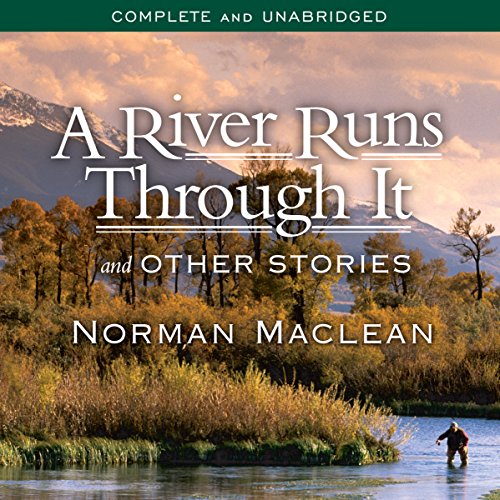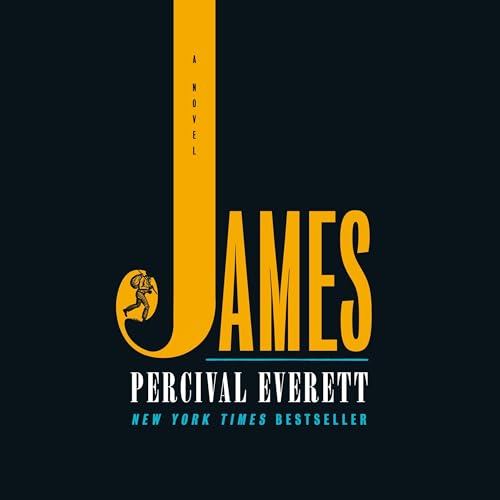
I enjoyed and highly recommend James by Percival Everett. Do yourself a favor and get the Audible version, which Dominic Hoffman narrates. James is the Adventures of Huckleberry Finn through the eyes of Jim, the slave who accompanied Huck on his Mississippi River adventure. Audible says: “Brimming with the electrifying humor and lacerating observations that have made Everett a “literary icon” (Oprah Daily), and one of the most decorated writers of our lifetime, James is destined to be a major publishing event and a cornerstone of twenty-first century American literature.” The review is a little over-the-top, but not by much.
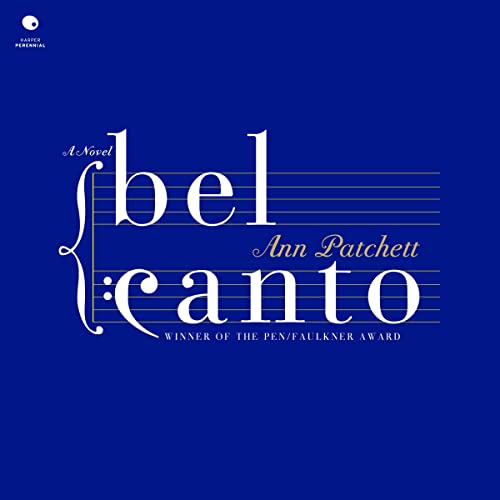
I greatly enjoyed Bel Canto by Ann Patchett, an NYT best-selling book published in 2004. Again, I listened to the Audible version and was delighted with Anna Fields’s narration. I’m not an opera fan, but this book moved me closer to appreciation. Bel Canto means beautiful singing, and you will find beautiful character development in this novel about a botched terrorist kidnapping in an unnamed South American country.
We are fans of John Grisham, and I have read almost everything he has published, including Camino Ghosts. You are in the hands of a master craftsman with this book, which is part of a series about a bookstore on fictional Camino Island. I have more to say about John Grisham’s books here.
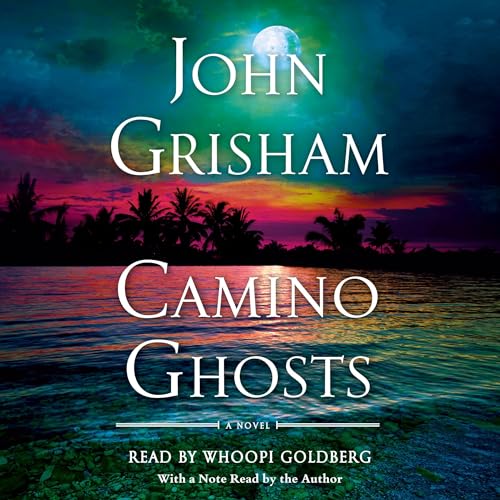
Our September Skagit Valley Book Club selection is Peace Like a River by Leif Enger, and it will be interesting to hear the comments from our Club members. This is a decidedly Christian-influenced novel about a midwestern family in the 1960s who experience miracles and heartbreak. The book follows an unpredictable plotline with characters who touch your soul. Our Book Club includes men of faith and men like I was before coming to a saving knowledge of Jesus. The discussion about Peace Like a River should be engaging.
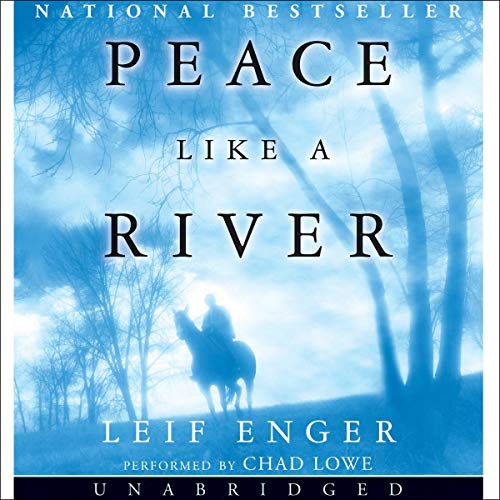
A friend recommended Demon Copperhead by Barbara Kingsolver and said it was over 500 pages (over 21 hours on Audible) and I advised that my book club tries to limit book selections to under 500 pages. Surly, he recognized my comment was more of an excuse than a reason not to read the book. Toward the last chapters, I did not want the book to end. This Pulitzer Prize winner is filled with humor, heartbreak, love and longing, addiction and recovery, structural poverty, and class struggle. There are many characters, and at times, it was hard to keep up, but they are well-rounded and engaging. The plot involves the opioid epidemic in 1990s Appalachia and the destruction that followed as lives were destroyed. It is much more than that and deserves the accolades the book has earned. I knew something about drug addiction from my years as a prosecutor and criminal defense attorney, but the story of Demon Copperhead had much to teach me.
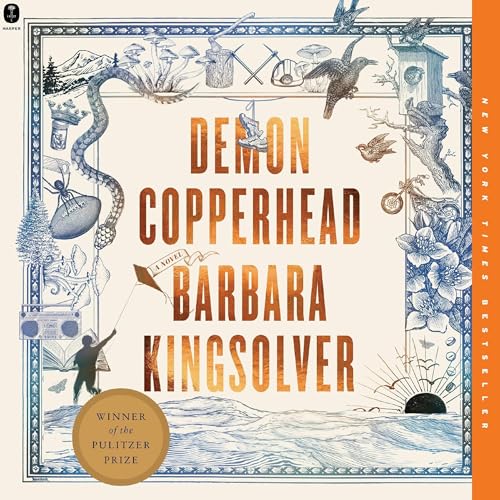
Dancing at the Rascal Fair is the second novel in Ivan Doig’s Montana Trilogy. The first was English Creek, which I read a few years ago and was assigned by my Book Club. The main character in both books is the Two Medicine country in Montana at the turn of the twentieth century, where homesteaders endured harsh conditions that Doig describes in brilliant detail. I was not expecting Dancing to be a romance novel, and I almost abandoned the book at the halfway point. I grew weary of the back-and-forth love life of Angus McCaskill, a young Scottish immigrant to Montana who is better at raising sheep than deciding between two women who come into his life. My persistence was rewarded as Doig painted a picture of struggle, love, family tragedy, and yearning amid the beauty of Big Sky Country in the final and exciting closing chapters. SPOILER ALERT: A boot caught in a stirrup brought an end to life and a new beginning for a long-neglected marriage.
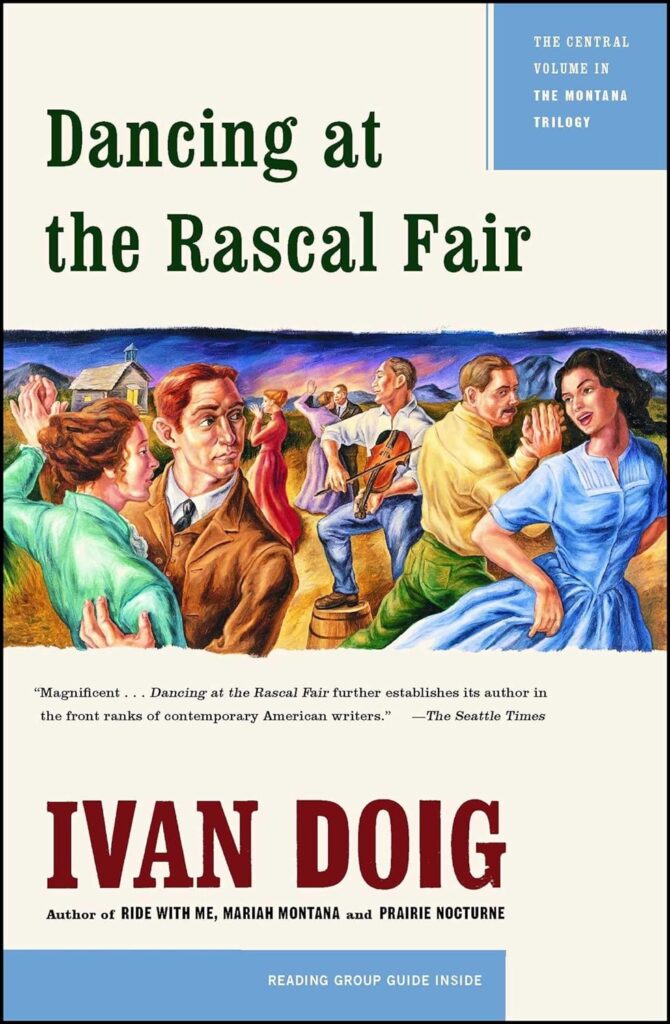
We should start with the rules: You can’t read one without the other, and you must read The Plot first. These two novels by Jean Hanff Korliz are closely related stories about a married couple who are both authors of best-selling novels, with one a plagiarizer and the other a homicidal maniac. Jacob Finch Bonner had an undistinguished writing career followed by spectacular success with a book based on a stolen plot from an author who died before his work was published. The fictional characters in “Crib” are the product of Bonner’s acquired plot, while the real characters in The Plot: A Novel (2021) have different names but similar roles. Bonner marries a woman with a complex background, and everything is going well until things start to unravel. His wife, Anna Williams-Bonner, becomes the grieving widow after Bonner is thought to have committed suicide, and she writes a best-selling novel called “The Afterward” that fictionalizes her husband’s death. Korliz captures that story in The Sequel, published in 2024, which begins where The Plot left off. It turns out that Anna Williams-Bonner specializes in remorseless homicide and cleverly invents rationals for killing parents, a sibling, a daughter, a husband, and strangers when necessary. If that is not enough, she also steals identities. Oh, and the night the lights went out in Georgia is when our protagonist buries her backwoods southern lawyer on top of her daughter’s coffin. You need to both books to learn how that works out.
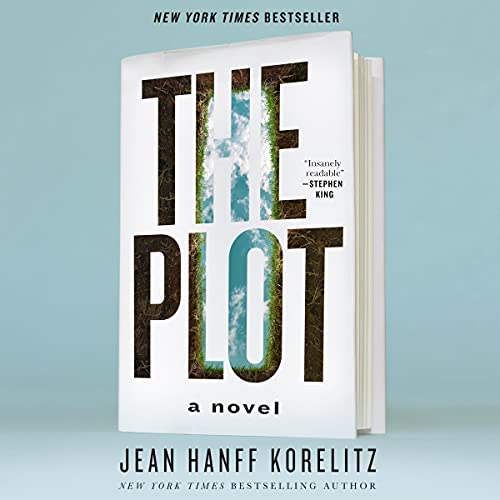
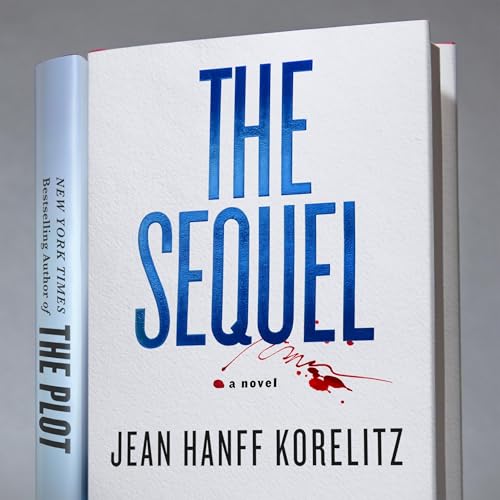
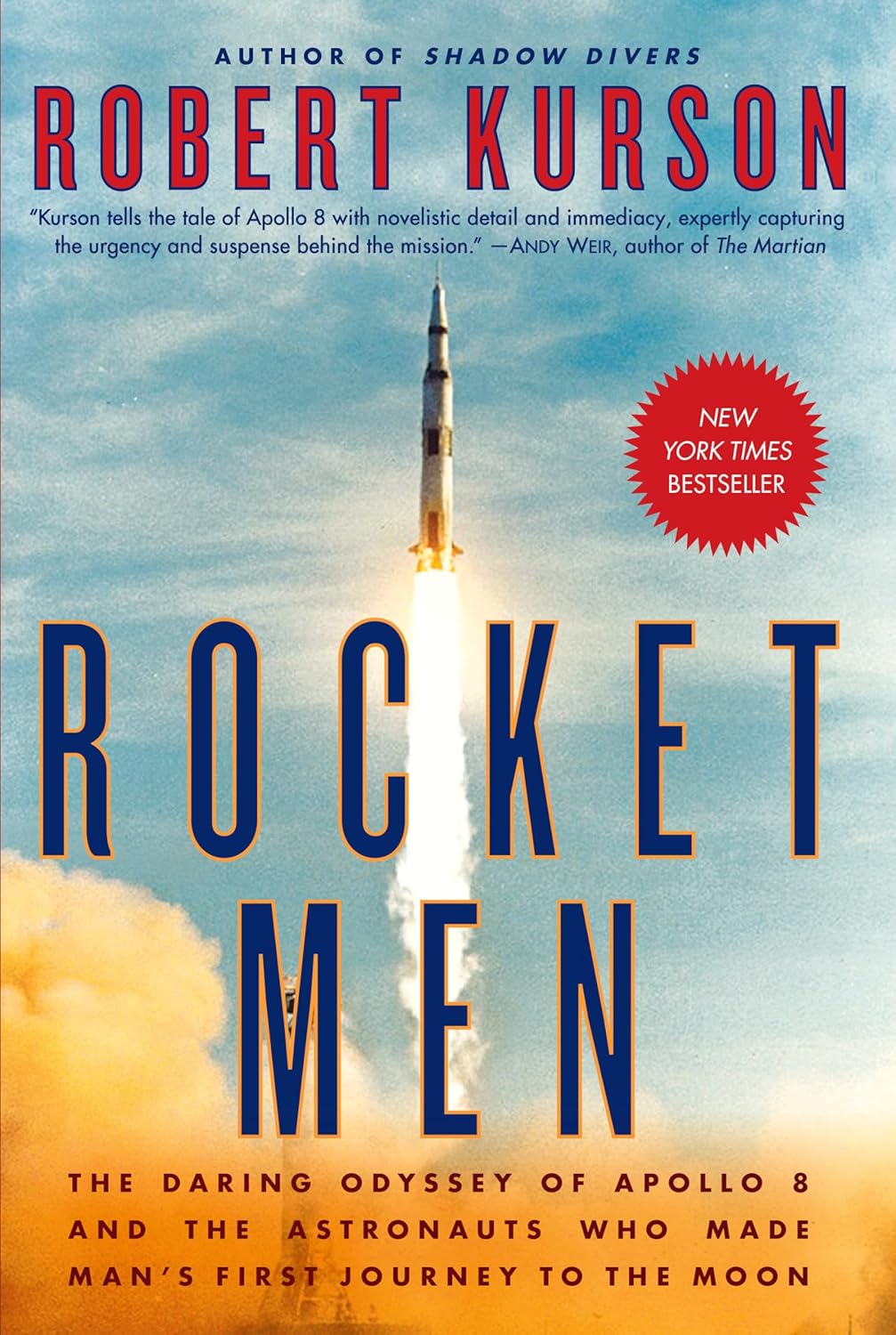
I feel fortunate that Rocket Men by Robert Kurson was assigned reading by my book club. It is a well-written account of the successful 1968 Apollo 8 NASA mission to orbit the moon, which included the three astronauts returning home during Christmas. As you may read in other sections of the Portfolio, I was in a bunker on the Korean DMZ in the winter of 1968 and knew nothing, or almost nothing, of this historic event taking place around the moon above me. Apollo 8 is on a long list of events I missed in 1968, including the assassinations of MLK, Jr. and RFK, riots at the National Democratic Convention in Chicago, the Summer Olympics in Mexico City, and the release of some excellent (now classic) rock music albums. Rocket Men filled in the gaps for me, not only about the Apollo 8 mission but of many other events in the last half of 1968. The book is also an intimate description of the crew, Frank Borman, Jim Lovell, and Bill Anders, how they grew up, joined the military, became astronauts, their families, their Christian faith, and their sacrifices for the NASA mission. The book ends with four words taken from one of thousands of telegrams sent to the returning astronauts, which read: “THANKS. YOU SAVED 1968.” Reading Rocket Man saved and supplemented my 1968 Army experience, for which I am grateful.
As a practitioner of faith and fly fishing, I found the opening sentence of A River Runs Through It the most compelling. Norman Maclean writes, “In our family, there was no clear line between religion and fly fishing.” The book is more about family and fly fishing than religion. It also becomes clear that rules for life in Montana are like some religious edicts; they remain flexible. Thus, the prohibition on drinking while fly fishing does not include beer drinking. The Scottish Presbyterian Maclean clan tolerates people from other faith traditions but has no respect for bait fishermen and West Coasters. This book is character-driven with enough pathos to make it a compelling read. I enjoyed the many characters, but Old Rawhide has to be the most colorful. The description of Montana geology reminded me of Bretz’s Flood and Maclean’s description of the Megaflood that carved the landscape of Western Montana, Idaho, and Washington. Another successful Skagit Valley Book Club selection.
